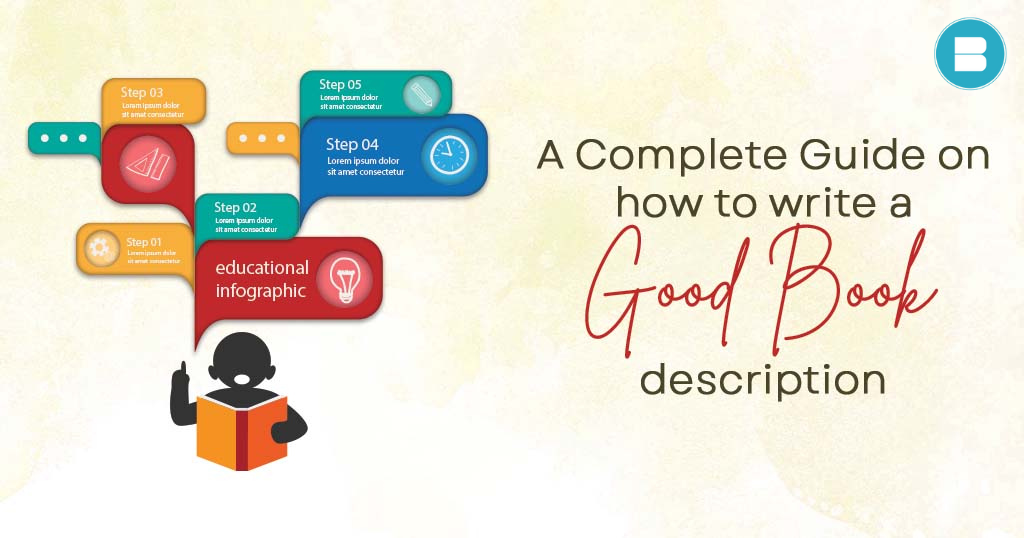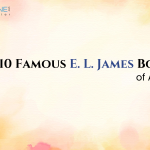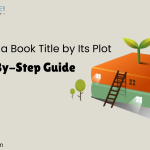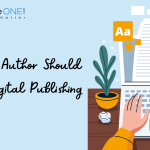The craft of writing goes beyond the pages of a book in the wide domain of literature. The book description is an important factor that frequently determines whether a potential reader would plunge into your literary production. A well-crafted book description may lure, engage, and leave an unforgettable imprint on the mind of the reader.
Read: Everything to know about memoir: Definition, Examples & Types of Memoir.
In this thorough tutorial, we’ll negotiate the thorny terrain of descriptive writing, providing insights, techniques, and tactics for creating a great book description that resonates with your target audience.
The craft of writing goes beyond the pages of a book in the wide domain of literature. The book description is an important factor that frequently determines whether a potential reader would plunge into your literary production. A well-crafted book description may lure, engage, and leave an unforgettable imprint on the mind of the reader.
Read: Everything to know about memoir: Definition, Examples & Types of Memoir.
In this thorough tutorial, we’ll negotiate the thorny terrain of descriptive writing, providing insights, techniques, and tactics for creating a great book description that resonates with your target audience.
How Do You Start Describing a Book?
The opening lines of a book description are akin to a literary gateway, beckoning readers to step into a world of imagination and storytelling. Crafting a captivating introduction is not only an art but also a strategic endeavour that sets the tone for the entire reading experience. To embark on this journey of describing a book, one must understand the nuances of drawing readers in from the very first words.
The Hook: An Irresistible Invitation
Consider yourself wandering through a crowded bookshop, examining the shelves for novels that pique your interest. What causes you to pause? What makes you pick up a book and read the blurb? The solution is in the hook—a magnetic feature that immediately captures your attention and piques your interest. A fascinating book description, similarly, begins with a hook that not only piques the reader’s curiosity but also develops an unbreakable relationship with the reader.
The hook can take various forms:
- Intriguing Question: Start with a question that tantalises the reader’s intellect. For instance, “What if you could change everything in your life from darkness to light with one wish?”
- Striking Statement: Begin with a bold statement that challenges expectations or invites contemplation. For example, “Under the shine of the sun, a moonlight was born who had one purpose: to reign the world with a single spark that ignited a revolution.”
- Provocative Scenario: Paint a vivid scenario that encapsulates the essence of the story, leaving readers curious about the unfolding narrative. “While the world was in chaos, there she stood with her hands covered in blood and her clothes brighter than the moonshine.”
The hook’s role is to spark that initial interest, causing the reader to pause, intrigued by the world you’re about to introduce them to.
Character Introductions and Central Themes: Crafting Immediate Connections
Once the hook has captured the reader’s attention, the subsequent step is to create an immediate connection between the reader and the heart of the story. This can be achieved by introducing the main characters or the central theme that drives the narrative. Readers want to feel invested in the characters’ journeys or understand the overarching theme that will unfold.
For instance, introduce a character by showcasing their relatable struggles or unique qualities. “Madeline, a gifted weaver of words, shook hands with her inner demons while seeking a haven in the crinkles of pages.”
Read: Here’s a list of 10 best parenting books to read for new parents in 2023.
Alternatively, provide a glimpse into the central theme that resonates with universal experiences. “Explore the bonds of friendship, love, and loyalty in a tale that navigates the complexities of human relationships.”
Evoke Emotions and Set the Scene: Transporting Readers to Your World
To truly immerse readers in the world you’ve crafted, employ the power of descriptive language to evoke emotions and set the scene. Convey the ambiance, the mood, and the emotions that will colour the reader’s journey.
For example, “In the depths of a misty, forgotten forest, secrets of the unknown whisper in the ears of the known, and a journey of self-discovery unfolds.”
By using rich, sensory details, you transport readers to the heart of your story, allowing them to experience its essence even before turning the first page.
What is the description of a Novel?
The description of a novel captures the heart and soul of your story in a brief and interesting manner. It gives readers a taste of the narrative, characters, and overall theme, leaving them ready to learn more. Begin with presenting the protagonist and their unique journey, then provide a quick description of the difficulties and struggles they face. Emphasise the emotional journey and progress, bringing readers into the emotional core of the tale.
Crafting a Compelling Book Description: Tips and Strategies
- Know Your Audience: Understand the demographic that your book caters to. Tailor your description to resonate with their interests, preferences, and emotions. Highlight elements that will intrigue and captivate your specific readership.
- Evoke Emotions: Infuse your description with emotions that mirror the tone of your book. Whether it’s excitement, nostalgia, or suspense, emotions create a powerful connection between the reader and the narrative.
- Let the reader be greedy: Instead of summarising the plot, provide vivid glimpses into key scenes, using sensory details to paint a vivid picture. Allow readers to visualise the setting, characters, and pivotal moments.
- Highlight Unique Aspects: What sets your book apart? Whether it’s a fresh perspective, a unique narrative structure, or a compelling twist, highlight the elements that make your book stand out from the crowd.
- Create intrigue: Tease without giving away too much. A well-crafted cliffhanger or a hint at an unexpected turn can leave readers eager to uncover the full story.
- Convey Genre and Style: Ensure that your description accurately reflects the genre and style of your book. Whether it’s romance, mystery, fantasy, or historical fiction, the language and tone should align with the expectations of the genre
Utilising the KDP Book Description Generator
The Kindle Direct Publishing (KDP) Book Description Generator emerges as a crucial ally for authors looking to improve their efficiency in the art of generating book descriptions. This application, designed to ease the description generation process, provides a variety of advantages for authors looking to showcase their literary works in the most engaging light.
The KDP Book Description Generator, which serves as formatting assistance, improves the aesthetic appeal and readability of your description. It makes the work of arranging your description easier by ensuring that it follows formatting requirements that improve its display on digital platforms. This ordered design not only improves the description’s visual appeal but also makes it easier for potential readers to read.
To get the most out of the KDP Book Description Generator, make sure you follow the formatting guidelines. This involves using acceptable spacing, paragraph breaks, and text layout. Following these rules ensures that your description looks professional and is visually appealing across a wide range of devices and platforms.
Read: Here’s a complete guide on how to publish on google play books in 2023.
While layout is vital, the information itself is equally so. When using the KDP Book Description Generator to compose your description, keep in mind the key elements that distinguish your book.
Emphasise the core of your tale, the main characters, and the emotions it generates. Key story aspects that excite and resonate with your target group will captivate readers.
Writing a great book description is an art that involves a precise mix of originality, accuracy, and knowledge of your target audience. You may develop a description that entices readers to enter your literary universe by adding vivid language, emotions, and distinctive aspects. Remember that a well-crafted book description is a strong doorway that invites readers to go on an amazing experience within the pages of your book as you begin on this voyage of descriptive writing.
















